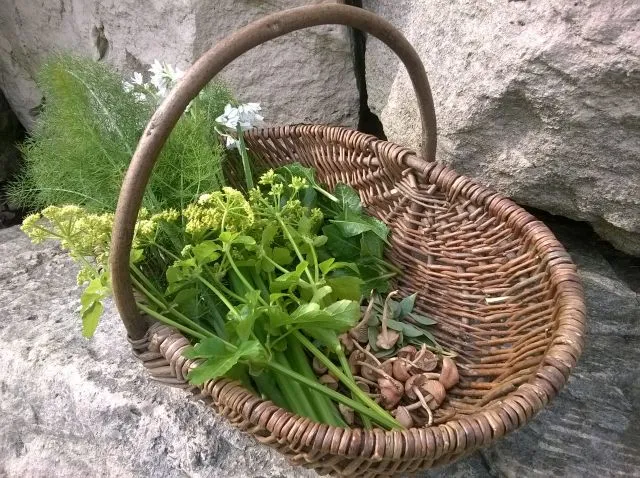
Early Spring Foraging
As we all know, the fall is the most abundant time for wild edibles including berries, fruit, and mushrooms. However, during the winter, there is almost nothing to be found that can be eaten. While it is true that there are a handful leaves and mushrooms that can be found, these are often nowhere near as good or abundant as the summer or fall edibles. As soon as spring comes around, however, this all changes. Depending on where you live this may be at different times, but in the UK, the forager's spring starts around April. While a few plants can be found before his in March and even February, things really start to pick up in April and May. Spring foraging, to me, is one of the most awesome things you could possibly do! After an entire winter of mulling around, dreaming about the wonderful mushroom specimens that you found last year, I can finally start to forage and bring home some delicious edibles.
Tree Tapping
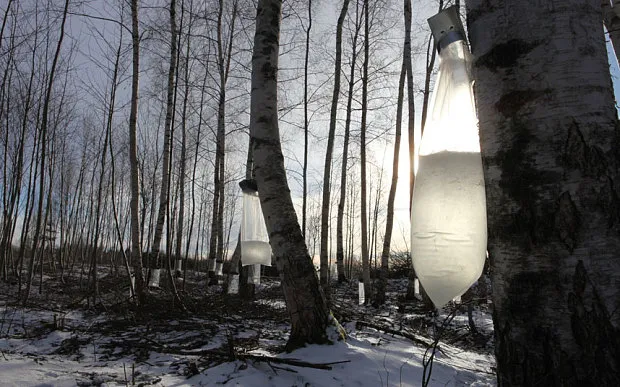
While Maples trees are indisputably the most famous tree to tap, there are many others which are just as good if not better to tap. One of such includes the Birch Tree. The silver birch tree is incredibly common across the British Isles, Europe, and North America. The sap from the silver birch is very clear and tastes surprisingly bland! I went out to tap a single birch tree in early March and was very surprised to taste it. I was expecting a very sweet and tasty flavour, but this was not the case. Birch sap tastes much like water with slightly woody quality. Only once the sap is heated slowly and condensed does the sap taste as one would expect. While birch trees are great to tap for sap, it may not be the best to tap for syrup. While sap quality varies from tree to tree, around 40 gallons of maple sap is required to make 1 gallon of maple syrup. This seems like a lot, but silver birch syrup needs around 100 gallons of sap for just 1 gallon of syrup. So, many people buy small amounts of it in tiny little pots and use it incredibly sparingly. But given the time, effort, and perseverance, you could make it yourself!
Wild Plants

The other obvious thing to look out for in Spring is the new growth of wild plants. April is a wonderful time to go out looking for the new edible plants of the year. Here in England, we have wonderful edibles such as the Wild Garlic A.K.A Ramsons or Bear Garlic which first starts to shoot up its flower buds in the first weeks of April. These flowers are important as they help with the identification of the plant. While their strong and pungent smell and flavor is a dead give-a-way, it's not hard to accidentally mistake a leaf of Ramsons with a leaf of something poisonous. Ramsons is an amazing wild edible that can be used in spring salads, flavoring for dishes such as soup and stews, or even to make a pesto with pine nuts.
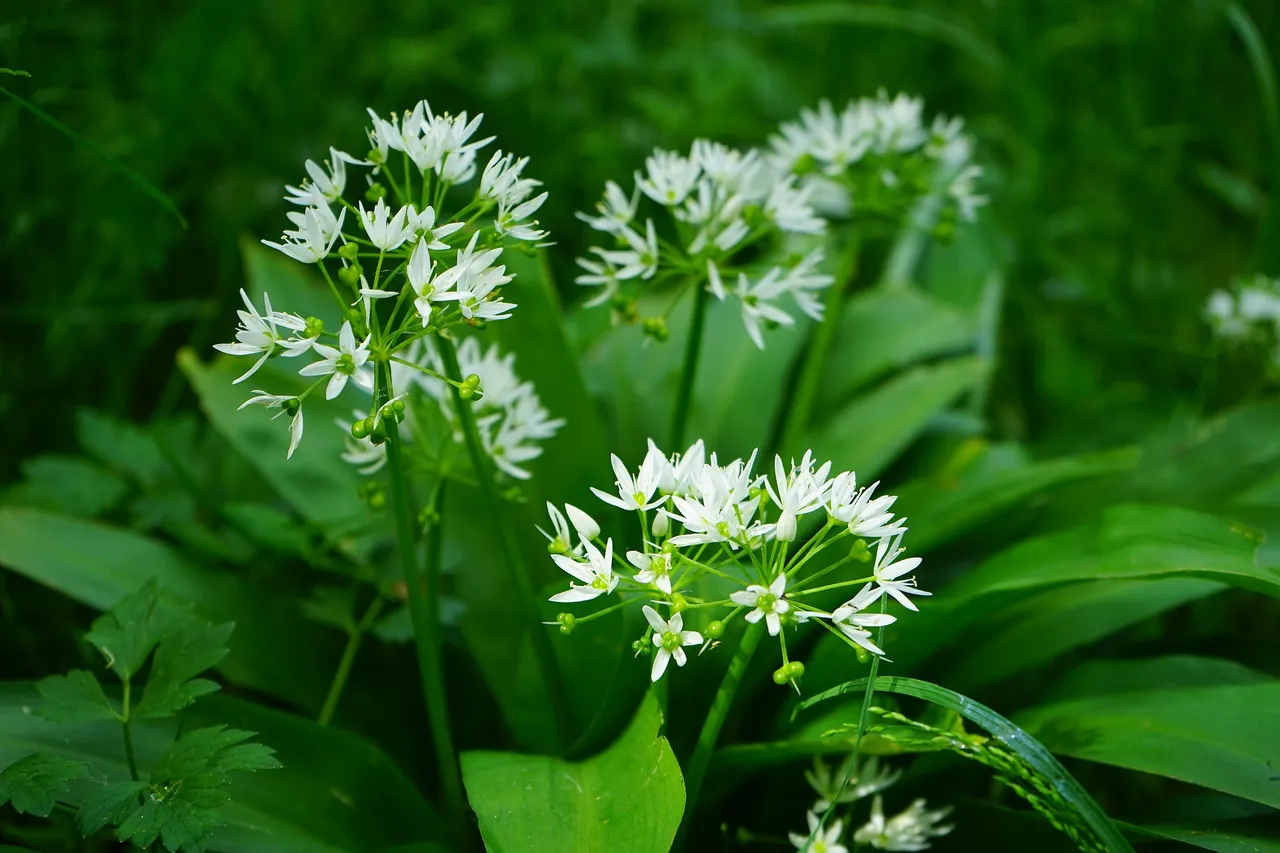
Also to be found around April, include the young leaves of the Beech tree. These young leaves are soft and delicate with a nutty flavor and are also great in spring salads. Look out also for a post in the near future about how to use the leaves of young Beech trees to make a Beech leaf gin. If you find yourself near to the coast, you'll be sure to find some Alexanders, a wonderful plant with many uses. Alexander grows almost exclusively near the seaside. The leaves have a wonderful smell and a great peppery taste, again a nice addition to your spring salad! Be cautious though, of its similarities with the incredibly poisonous Hemlock Water Dropwort. This plant can kill you so extreme caution should be taken when collecting such plants. However, with a little bit of knowledge of the look-a-likes and field guide to help you, the cautious forager need not worry!
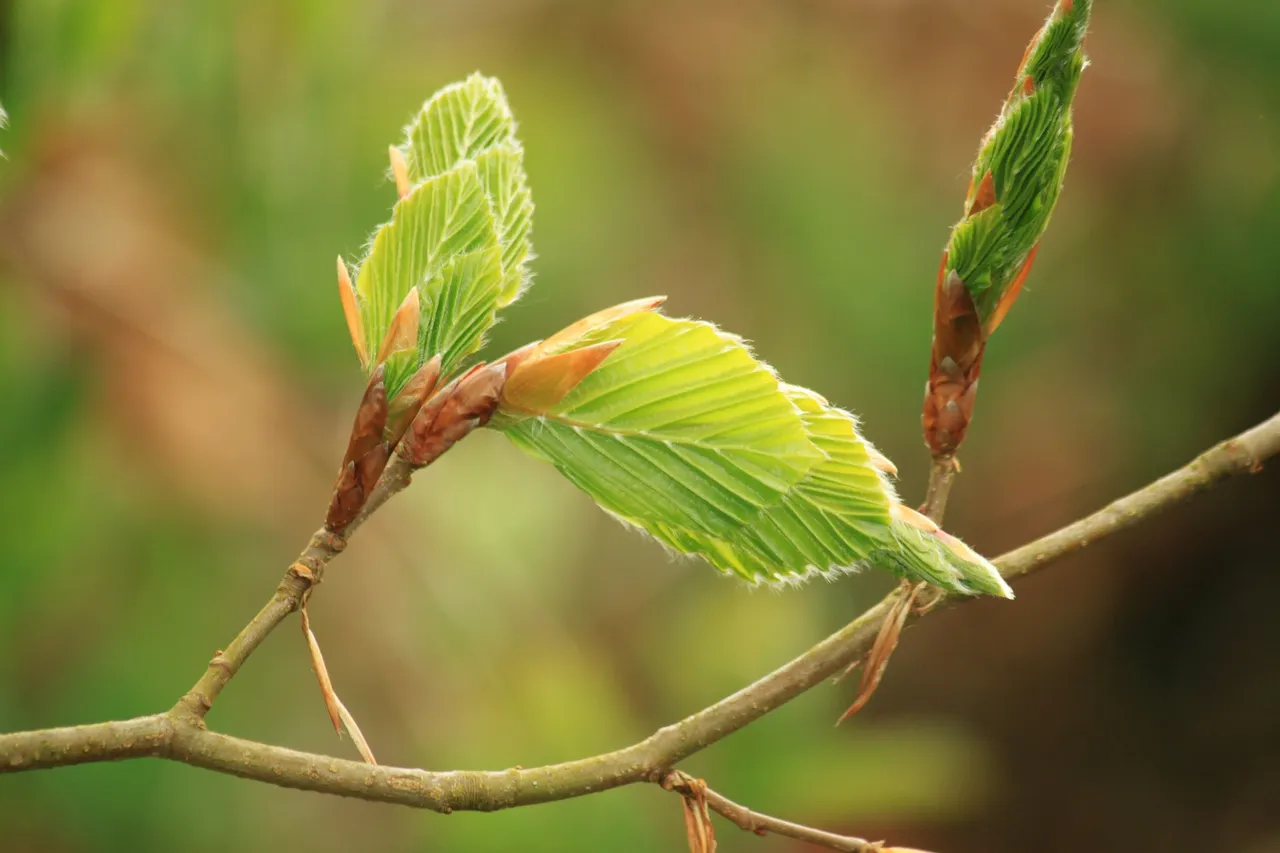
Spring Mushrooms
Mushrooms are probably not the first thing you think about when you hear the word spring, but I do! There are a small handful of mushrooms that grow in spring which are also relatively easy and safe to identify. Firstly and most obviously, is the morel. The morel is an incredibly elusive mushroom which is world renowned for its taste and price. Morels are hard to find, but once you find a place where they grow, they will reliably pop up in the same place each year. While there are many types of morels, most only grow in April and May, so get looking!
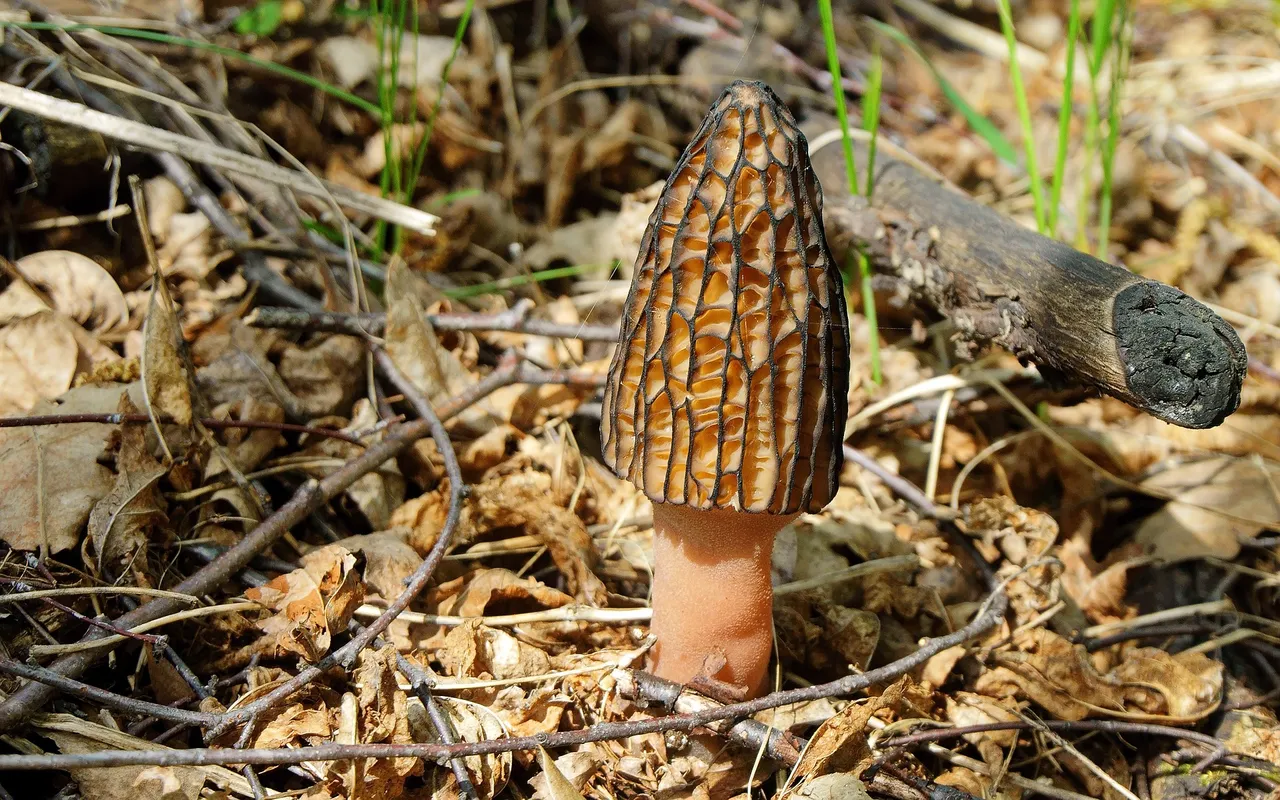
Another mushroom that can be found exclusively in April and May is the Saint Georges Mushroom. The Saint Georges Mushroom gets its unique name from the fact that it will almost to the date begin to grow around Saint Georges Day, April 24th! The Saint Georges Mushroom is common and completely white sometimes turning beige. The mushroom is very tasty and can be identified by the very narrow gills which are free of the stem, and the strong mealy smell. If you correctly identify this mushroom and take a liking to it, they are quite easy to grow at home! Simply take an older specimen which you deem too old for the pot, and leave it on your grass lawn. They will often grow the next year and start to form a fairy ring.
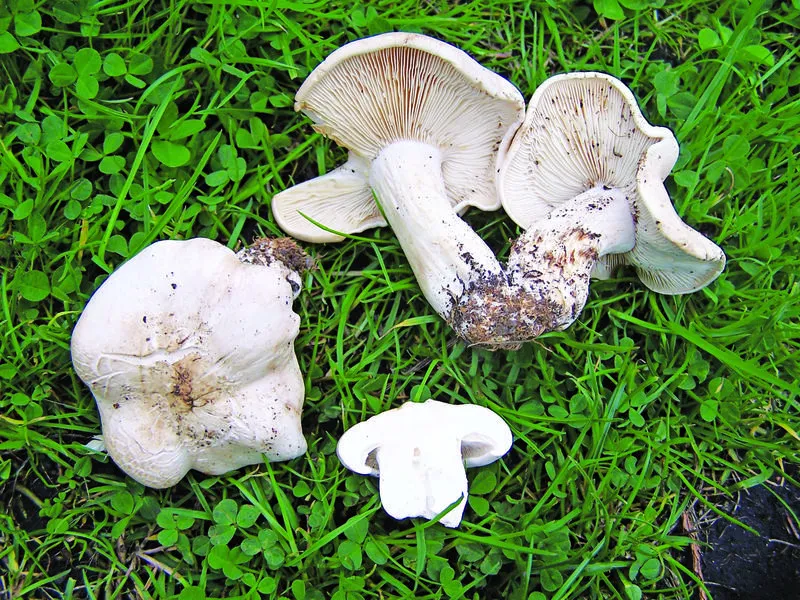
Lastly, the Dryads Saddle can also be found in Spring. The dryads saddle has quite a few names, including Pheasant Back Fungus and Cucumber Fungus. This mushroom is so incredibly easy to identify, it's hard to think why I wouldn't want to pick it! The dryads saddle has a few important identification features that made it stand out from any other potential fungus. If you manage to find a healthy patch of this mushroom, make sure to only pick specimens the size of your palm or slightly smaller. Any larger and they get far too chewy and nasty! In fact, they will reach very large sizes, at which point they were used many years ago as a paper substitute due to its fibrous nature.
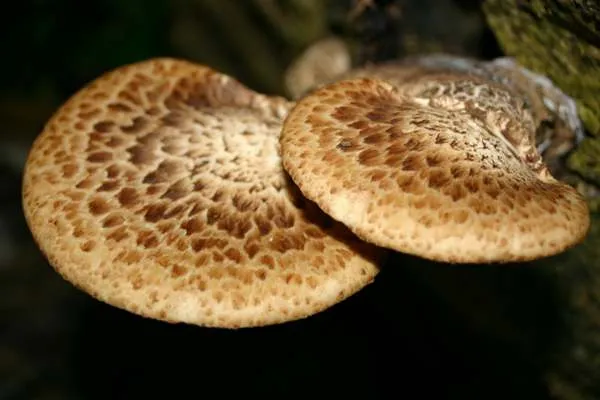
That's it for this post, thank you all for reading and I hope you enjoy your early Spring Forays!
I also must add that it is incredibly important to only every pick a mushroom or wild edible if you are 100% sure of its ID. Mother nature doesn't take too kindly when we make mistakes, so be sure to be safe and have fun!
Photo Credits
Hedgerow Harvest
The Telegraph
Eat Weeds
Pixabay
River Cottage
First Nature